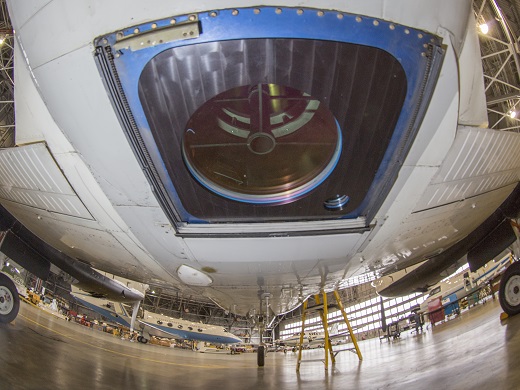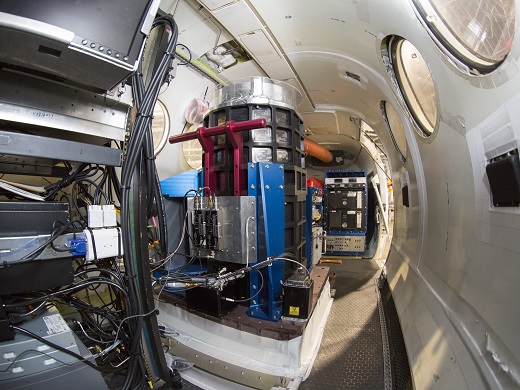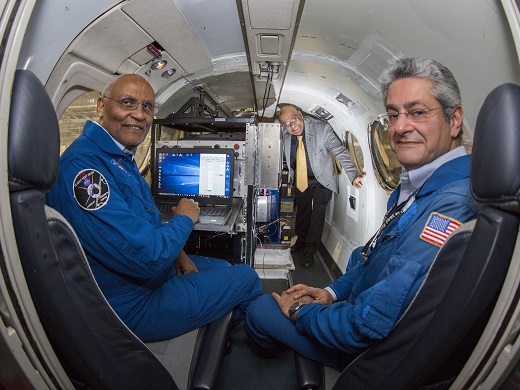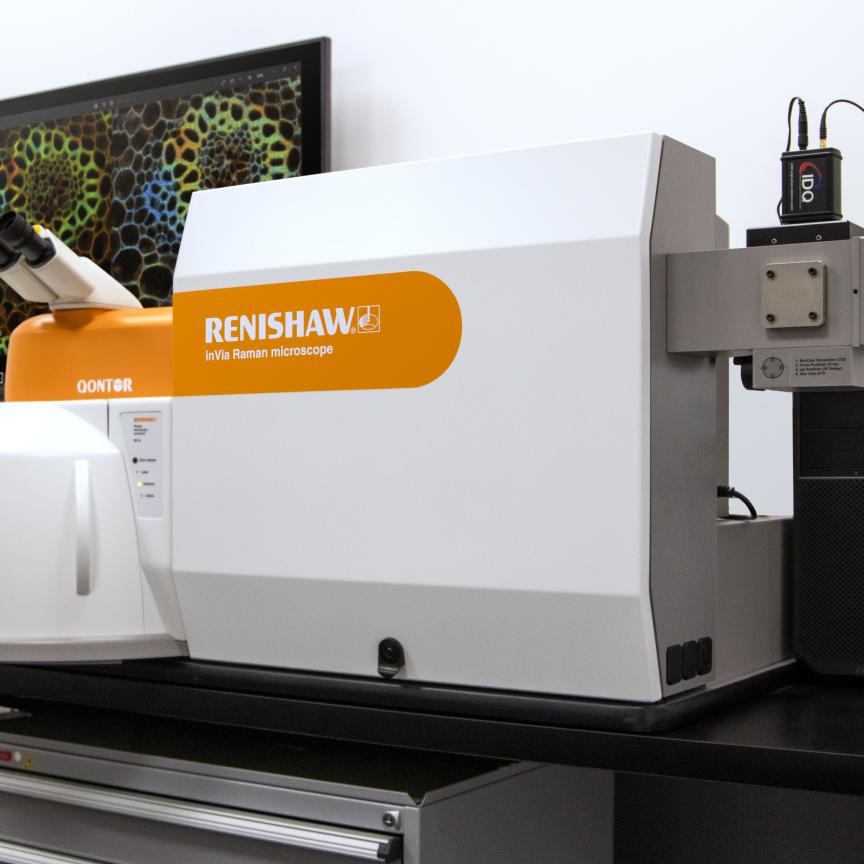Nasa has recently tested an airborne lidar system that uses three simultaneous laser pulses to detect and measure two potent greenhouse gases: carbon dioxide and water vapour.

The new triple-pulse integrated path differential absorption (IPDA) system – the first of its kind, according to Nasa – uses three separate laser pulses of different wavelengths from a single source to make simultaneous CO2, H2O and reference measurements respectively. The three pulses all happen within 200 microseconds of one another.
The new instrument could also be used to study how CO2 cycles into and out of the atmosphere, and what happens as weather systems stir it up and transport it.
‘We are targeting the two most dominant greenhouse gases in the atmosphere,’ said Tamer Refaat, instrument scientist and data analyst for the IPDA at Nasa's Langley Research Center, where the new system was developed. ‘And with that we can address the thermodynamics of the atmosphere — how these molecules interact with energy.’
The triple-pulse system has been developed over several years, and follows a previous version that used only double-pulses to make solitary CO2 measurements.
‘It is the first time with active remote sensing we'll be measuring CO2 and H2O together simultaneously and independently,’ said Upendra Singh, principal investigator for the lidar and technical fellow for sensors and instrumentation at Nasa. ‘We are in the process of analysing terabytes of data and initial results show we have successfully demonstrated the technique - a unique milestone by itself.’

While the new system has currently only been flown onboard an aircraft during testing, Singh envisions a version of the technology being used in space in the future.
Unlike passive remote sensors that rely on solar radiation and are thus limited to daytime operation, the new lidar instead uses a laser transmitter that could make measurements at any time of day or night. Orbiting passive remote sensors are also unable to make accurate measurements of CO2 near Earth's poles, according to Nasa, whereas an active remote sensor such as the new triple-pulse lidar system could conceivably make those measurements at higher latitudes.
‘Given the tremendous potential of an instrument that can provide this unique capability of making two important measurements simultaneously and independently, I am looking forward for the opportunity to validate this instrument through a series of science flights in the coming months,’ commented Langley deputy director Clayton Turner. ‘This could be a very valuable science investigation, especially in the lower atmosphere.’

The new triple-pulse lidar system was developed by researchers Mulugeta Petros, Upendra Singh and Tamer Refaat at Nasa's Langley Research Center. (Image: NASA/David C. Bowman)
Before development of the triple-pulse lidar could begin, the Langley team had to demonstrate that the instrument would provide real-world value in order to attract the required funding. ‘In the beginning we thought we could never build it,’ said Singh. ‘But Nasa’s Earth Science Technology Office, who funded this work, was ok with it because the concept was so unique that, if you could build it, the payoff is quite large.’
Related articles
Lidar laser to be supplied for NASA climate research
Predicting hurricane behaviour with lidar
Preventing air turbulence with lidar technology
Lidar to monitor wind patterns across world's longest floating bridge

